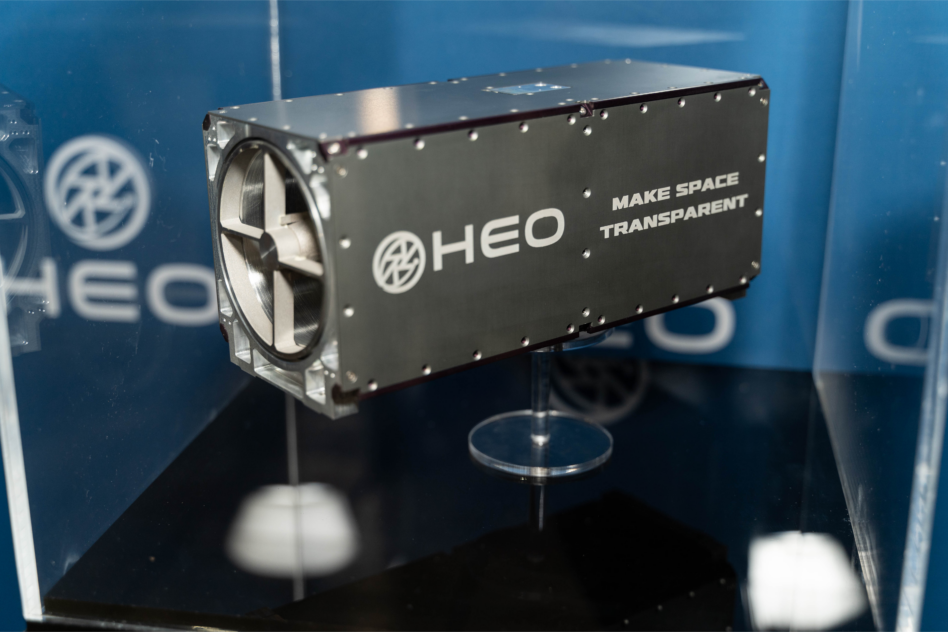NOAA has given Australian non-Earth imaging startup HEO the go-ahead to launch its Holmes camera aboard American sats, the company told Payload.
It marks the first time NOAA has approved a hosted payload—a milestone that could open the door for other companies to seek approval from the agency for platforms that can hitch a ride aboard satellites manufactured by other entities.
In the neighborhood: Non-Earth imaging is critical to emerging space fields such as in-orbit satellite repair or debris removal, since you can only work on what you can see. The US government previously kept a tight rein on commercial operators looking at other objects in orbit, citing national security concerns, but restrictions have been easing over the past few years.
In December 2022, NOAA granted Maxar a license to conduct non-Earth imaging in LEO. In August, the agency announced it was lifting some other non-Earth imaging restrictions as part of a broader reform to loosen regulations on commercial imaging.
HEO’s Tier 1 license is different from other NOAA approvals because it okays only the camera that will ride aboard a sat, while other regulatory licenses approved the entire sat with the imager embedded. Hilary Cohen, HEO’s director of US operations, said it is the first time a standalone remote sensing payload has received a NOAA license.
Sausage making: Cohen said one of the top priorities in pushing for NOAA’s approval was educating lawmakers on non-Earth imaging and clearly painting a picture of how expanded commercial operations can help the government.
She also said HEO talked with agencies across the government, especially in the national security and intelligence communities, to make sure any “red flags” were addressed before NOAA sought their input on whether to issue the license.
Regs are an open door: NOAA’s approval for HEO could be the first step toward other companies winning a similar license as the government slowly loosens restrictive remote sensing regulations.
“This is a big step forward,” said Nate Notargiacomo, head of HEO US. “It’s another example of them taking a more holistic look—a more common sense look.”
What’s next: The first Holmes camera is expected to launch in October on Sidus Space’s LizzieSat 2.




